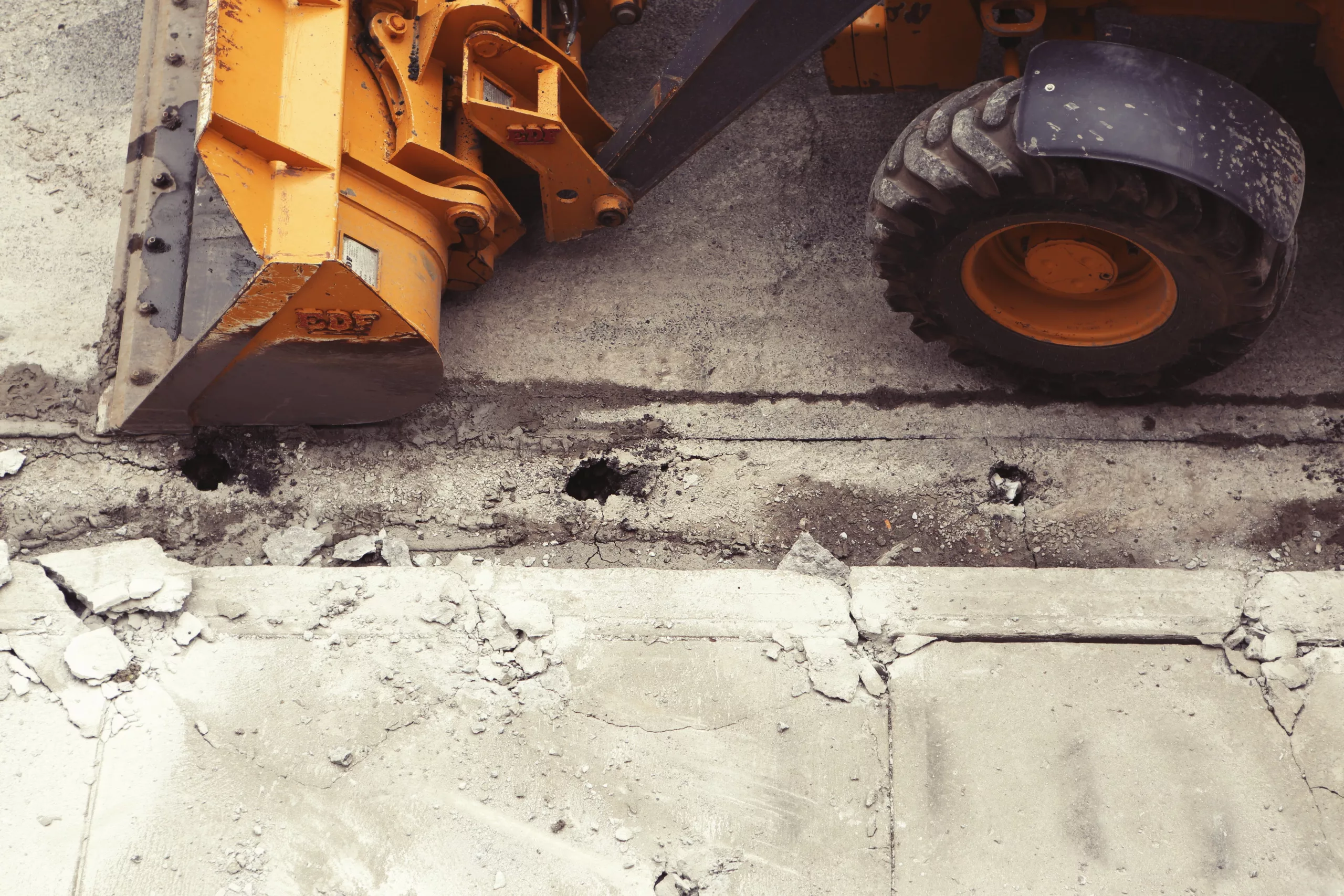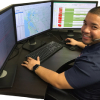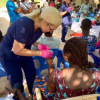
How To Prevent Slips, Trips, and Falls In The Workplace
Slips, trips, and falls, as minor as they may sound, are the leading cause of accidents in the workplace. These accidents often include injuries that range from minor scratches and sprains to severe traumas. At times, trips, falls and slips have also been known to lead to untimely deaths.
According to the U.S. Department of Labor, slips, trips, and falls have led to at least 15% of accidental deaths each year. They continue to state that at least 25% of injuries per year are slip or fall related. Taking all of this into account, over 95 million days are lost at work per year due to slips, trips, and falls.
The above statistics are not only alarming, but sobering. They should serve as a reminder of how dangerous a simple fall or trip can be. It goes without saying that every workplace should take preventive measures in ensuring a safe work environment.
For the purposes of this article, we shall be taking a look at how to reduce slips, trips, and falls. Please note that the below tips apply to open construction sites, as well as inside buildings. Hence, it not only pertains to the construction industry, but all industries as well.
What To Do
- Ensure that floors are clean and free from debris and other obstacles that may lead to trips or slips.
- Ensure that the workplace is always properly lit. If not, replace the existing bulbs with high-quality ones.
- Spills of any kind, be it water or oil spills, should be cleaned up immediately.
- If the floor is wet, always place a warning sign to alert others.
- Cords and cables should be kept away from pathways and human traffic. Additionally, ensure that they are properly covered.
- Mats and carpets should be secured to the floor.
- Faulty switches should always be immediately reported and replaced.
- Always close cabinets and drawers after using them.
- Employers, as well as the employees, should wear properly fitting shoes that are comfortable.
- Always install anti-slip mats in areas that need them.
- Encourage and develop good housekeeping habits in your workplace. Assign duties and responsibilities to your employees to keep the environment clean and safe.
What To Avoid
- Do not use or wear shoes that are wet or muddy.
- Do not neglect the state of the floors in the workplace. If cracked or damaged floors cannot be replaced immediately, ensure that you place a warning sign.
- Do not leave loose rocks lying around in the parking lot or the outside working environment as well.
- Do not neglect to clean up a spill immediately, however small.
- Do not leave bottles, bags or any other obstructions in walkways.
- Do not neglect to carry out inspections for hazards around the workplace.
- Avoid working in a poorly lit environment.
OSHA Guidelines and Stipulations
- Construction workers are required to wear and use the proper Personal Prevention Equipment (PPE). Construction workers should wear hard hats, gloves and eye protection equipment. Moreover, they should also be aware of which equipment to use in different situations.
- Workers, especially those that need to use certain equipment while working should receive proper training. The training should help them learn how to effectively use the equipment, and when.
- Muddy and uneven areas should be leveled and dealt with appropriately.
- Keep surfaces clean and dry from wet substances such as oil, mud, water, and even food. Moreover, surfaces should be kept clean of dry substances such as powder, dust, wrappings, and wood, just to mention a few.
- Individuals are required to wear proper fitting and comfortable footwear.
- Workplaces should have efficient ventilation to avoid smoke and steam from fogging up the area.
- High-risk areas should have slip-resistant floors.
- Newly polished or waxed floors should have signage to warn others. Also, slip mats or carpets should be installed to reduce or avoid any accidents.
- Stairway floor openings should always have a guard railing, whether temporary or permanent.
- Wall openings should be guarded by an individual or a railing.
How On-Site Health & Safety Can Help You
On-Site Health & Safety offers general industry slips, trips, and falls training along with fall protection training that adheres to either Cal OSHA or Federal OSHA Guidelines depending on your needs. These classes can be taught at your jobsite and training for each class typically takes about. For more information please contact us at 866-998-2750.
All On-Site Health & Safety services are performed directly at your jobsite and are available 24 hours a day, 7 days a week. For more information on all of the services offered visit onsitehealthandsafety.com.
Areas Served 24-HOURS
For over twenty years and counting, On-Site Health & Safety's industry-leading services have set the bar regarding 24-hour mobile response.


